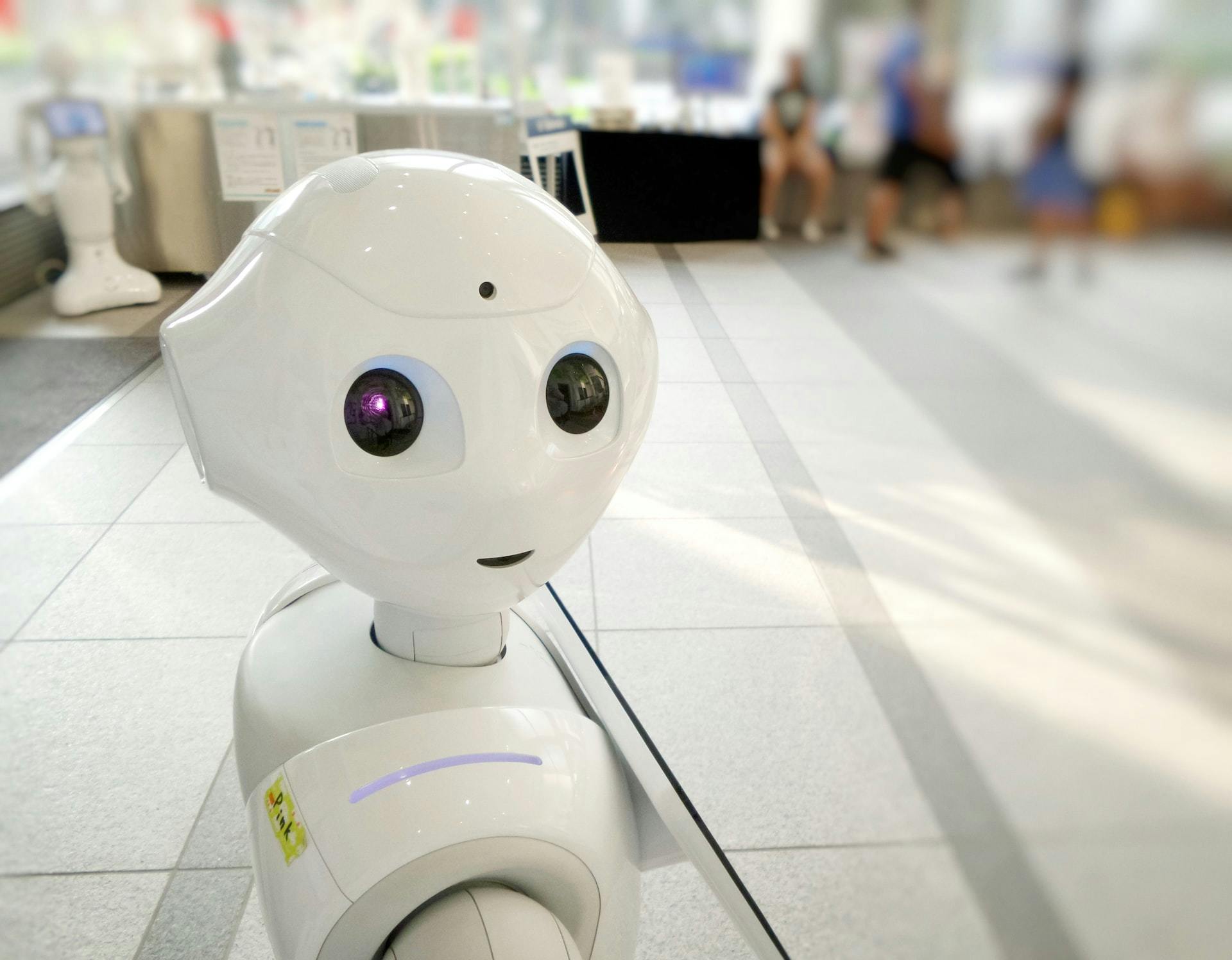Will Artificial Intelligence Replace Designers?
Explore the future of AI in design as we examine its capabilities, limitations, and potential collaboration with human designers for innovative solutions.

As artificial intelligence (AI) continues to evolve and transform industries, it's natural to wonder if it could eventually replace human workers in certain fields. The design industry, in particular, has seen rapid advancements in AI capabilities. So, will AI replace designers in the near future? In this article, we'll explore the possibilities and limitations of AI in design, as well as the potential for collaboration between human designers and AI tools.
AI in Design: Capabilities and Limitations
AI-driven design tools have come a long way in recent years. Through deep learning and generative algorithms, AI can now generate creative and aesthetically pleasing designs in a fraction of the time it would take a human designer. Here are some areas where AI has shown promise:
1. Graphic Design
AI-powered tools like Adobe Sensei and Canva's AI features have made it easier than ever to create professional-quality designs with minimal effort. These platforms leverage AI to suggest layouts, color schemes, and even content based on the user's preferences and goals.
2. Web Design
AI-driven website builders like Wix ADI and Bookmark use artificial intelligence to generate fully functional websites tailored to a user's needs. These tools can analyze the user's preferences and create a unique, responsive design within minutes.
3. Logo Design
Platforms like Tailor Brands and Looka use AI algorithms to generate custom logo designs based on user input. These tools can quickly produce a variety of logo options, allowing businesses to select a design that best represents their brand.
Despite these advancements, there are several areas where AI falls short:
A. Creativity and Emotion
AI can generate aesthetically pleasing designs, but it still lacks the ability to understand and convey emotions and the human experience. Designers often draw inspiration from their own experiences and emotions, and this unique perspective is difficult for AI to replicate.
B. Context and Cultural Sensitivity
AI tools struggle with understanding cultural nuances and sensitivities that can be crucial in design. Human designers can better understand the impact of certain symbols, colors, and layouts on a target audience and create designs that resonate on a deeper level.
Designers and AI: A Collaborative Future
Instead of viewing AI as a replacement for human designers, it's more productive to consider how AI and designers can work together to achieve better results. AI can be an invaluable tool for designers, automating mundane tasks and generating design ideas to kickstart the creative process.
Human designers, on the other hand, can focus on what they do best—applying their creativity, empathy, and cultural understanding to produce designs that truly resonate with audiences. By embracing the strengths of both AI and human designers, the industry can continue to innovate and evolve.
Conclusion
Although AI has made significant strides in the design industry, it is unlikely to replace human designers in the foreseeable future. Instead, AI can serve as a powerful tool that enhances the capabilities of designers, allowing them to focus on the more creative and empathetic aspects of their work. As AI continues to develop, the collaboration between designers and AI tools will undoubtedly lead to more innovative and impactful design solutions.
